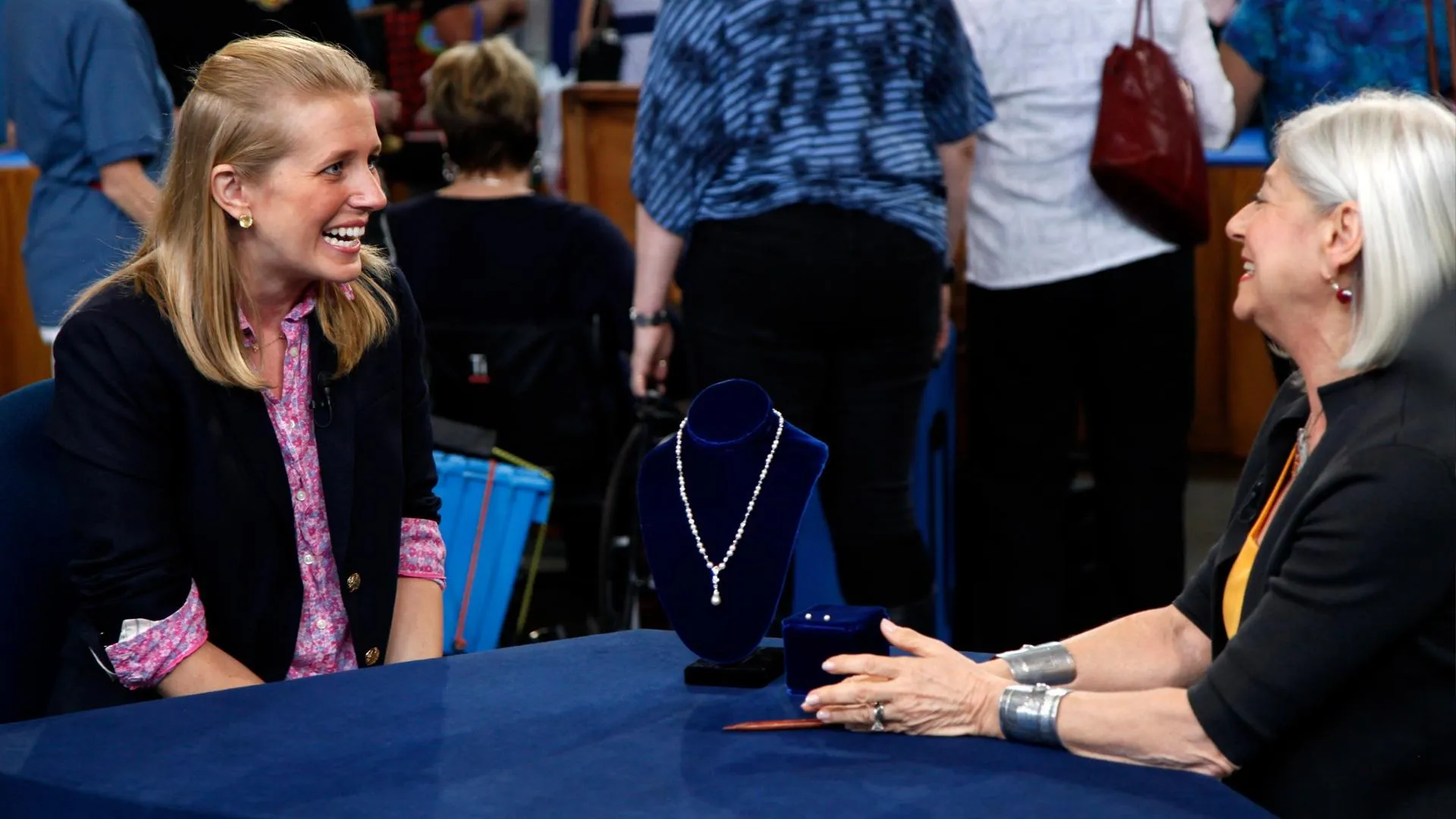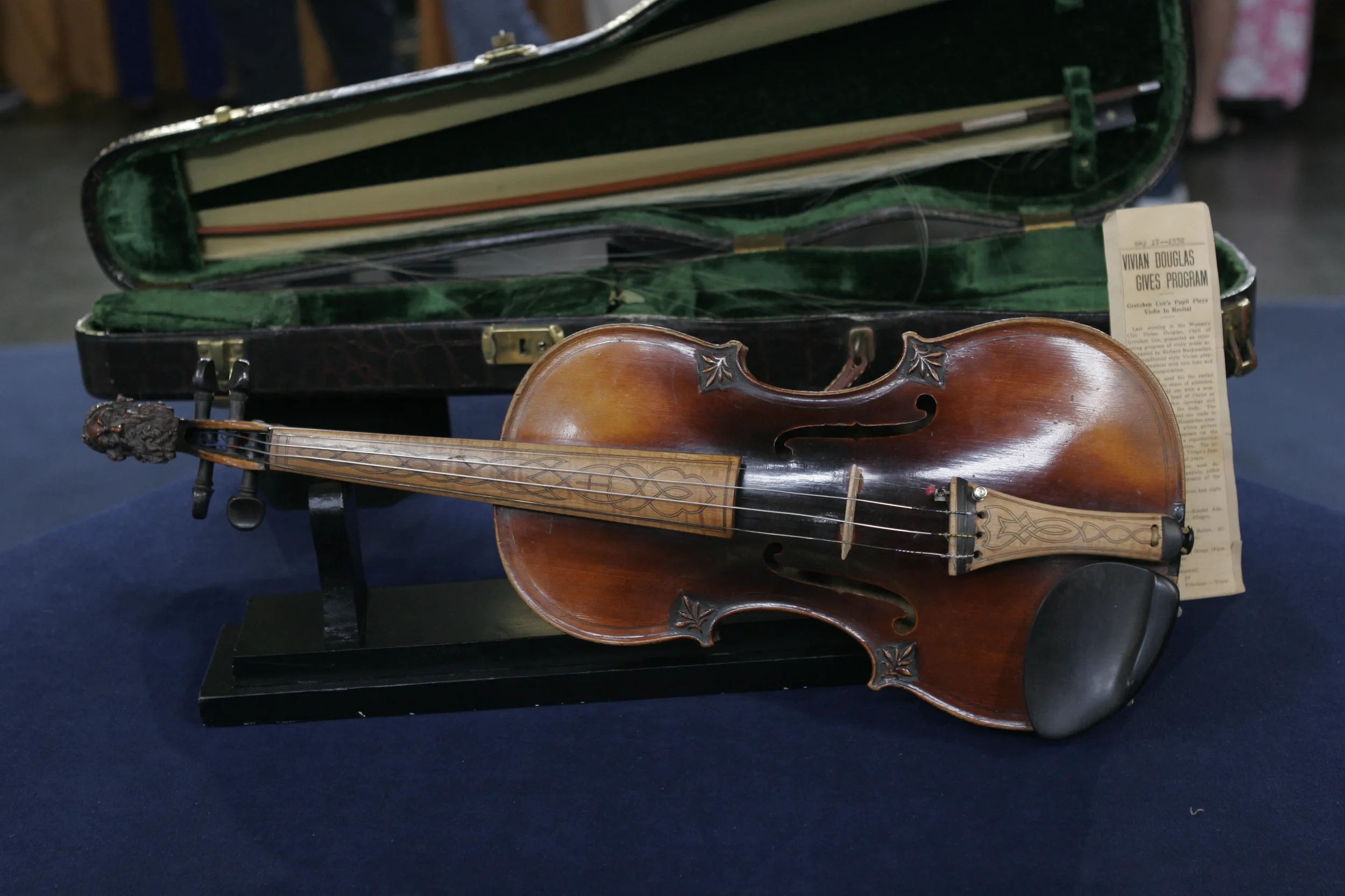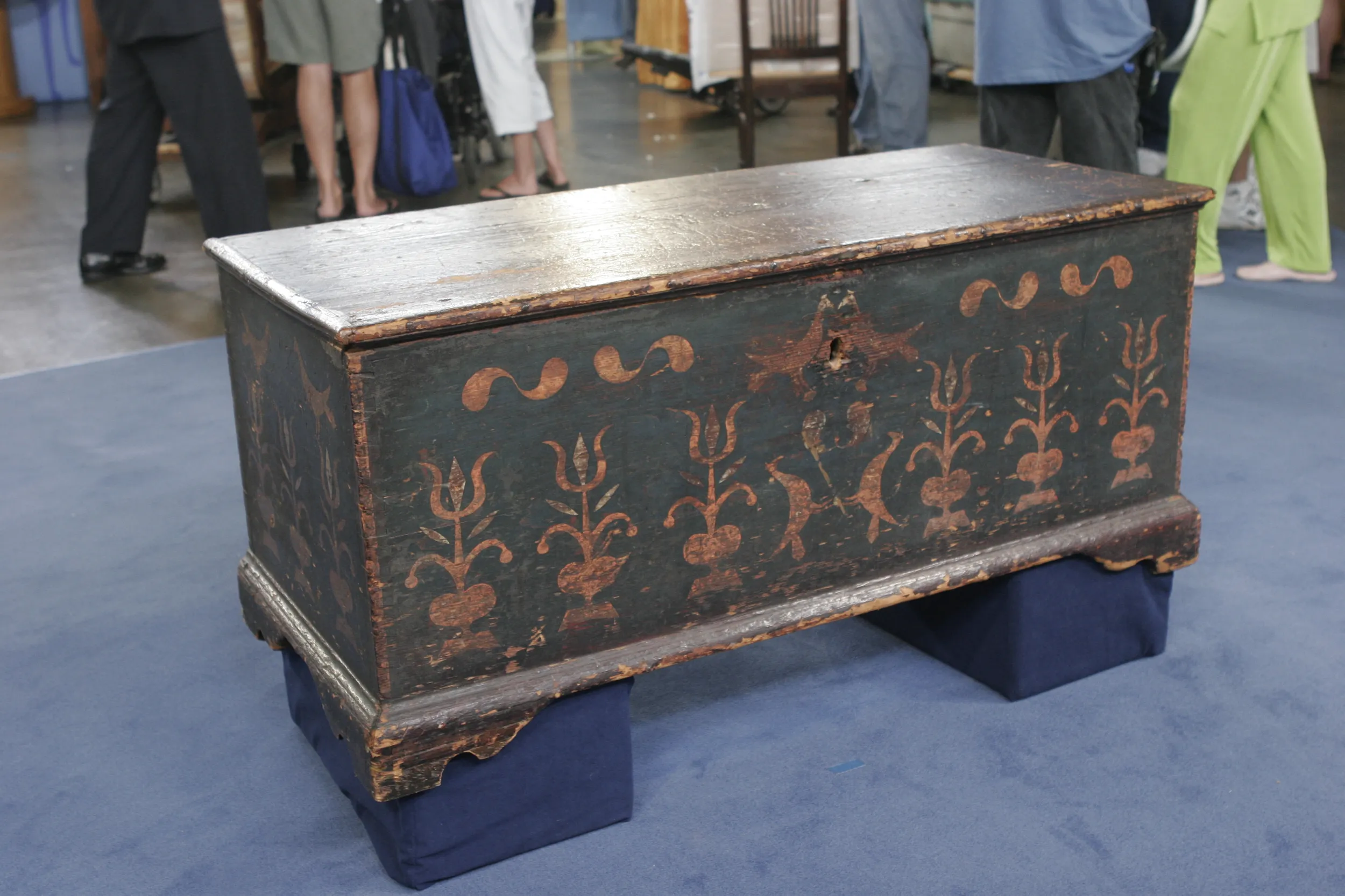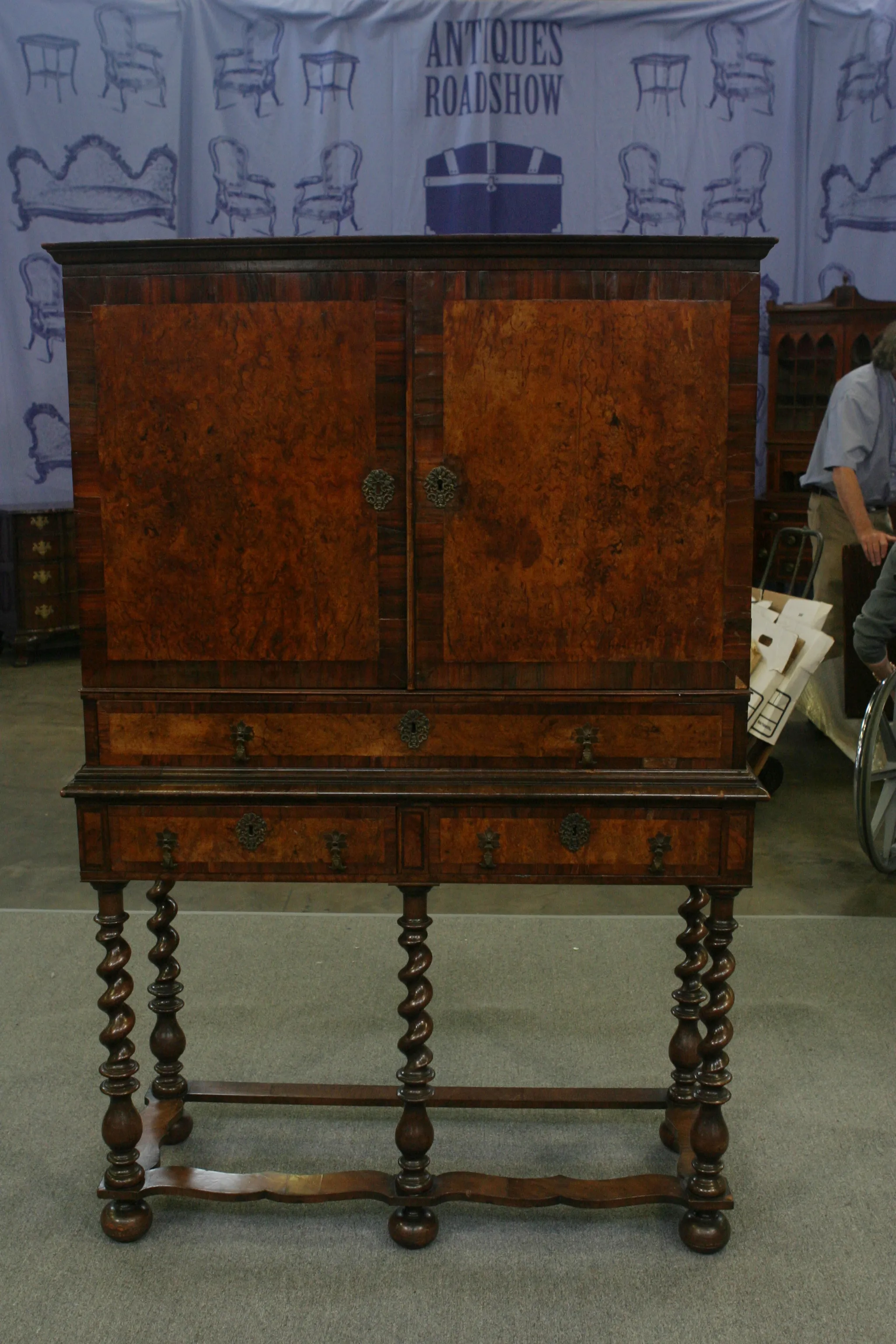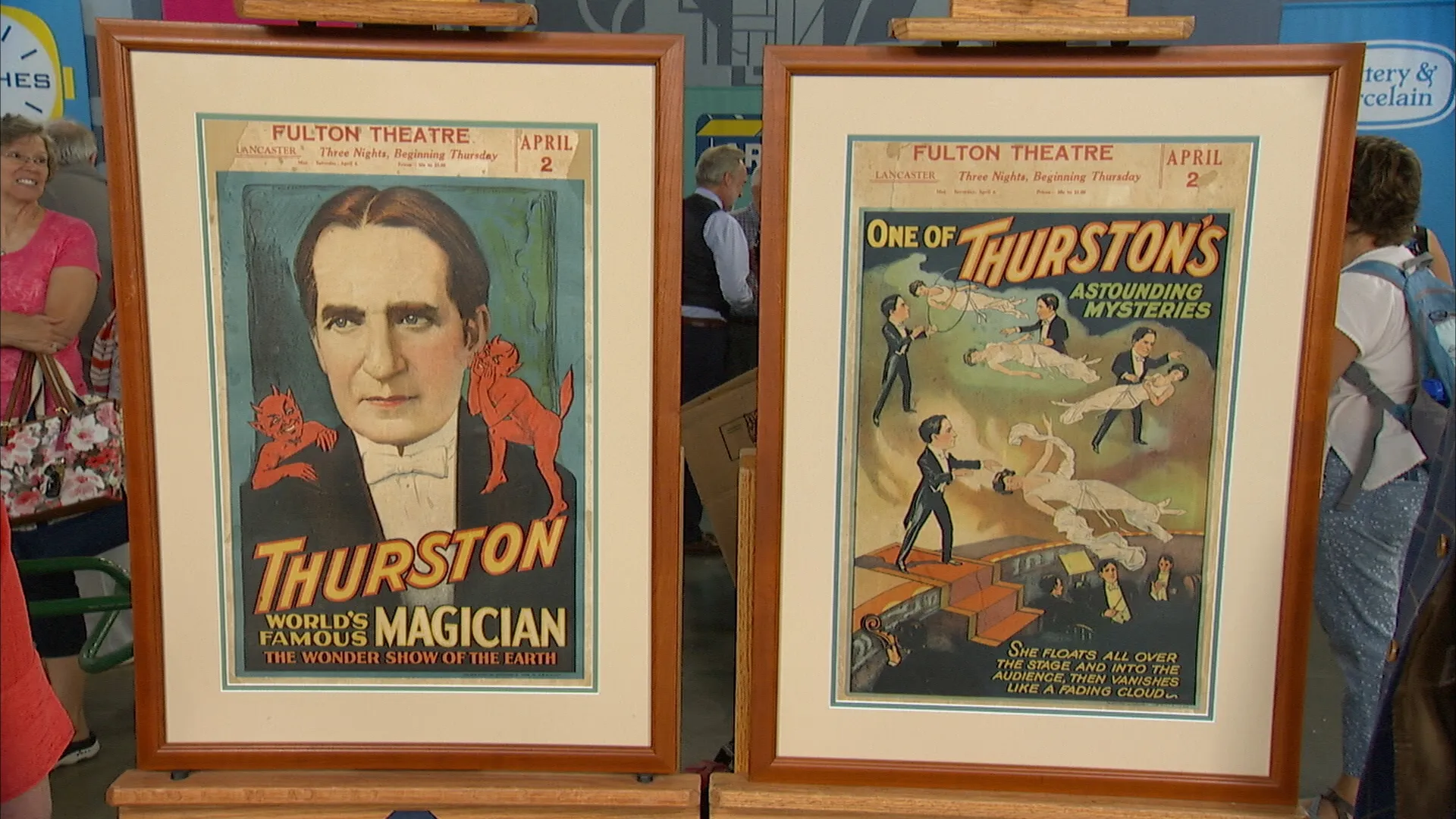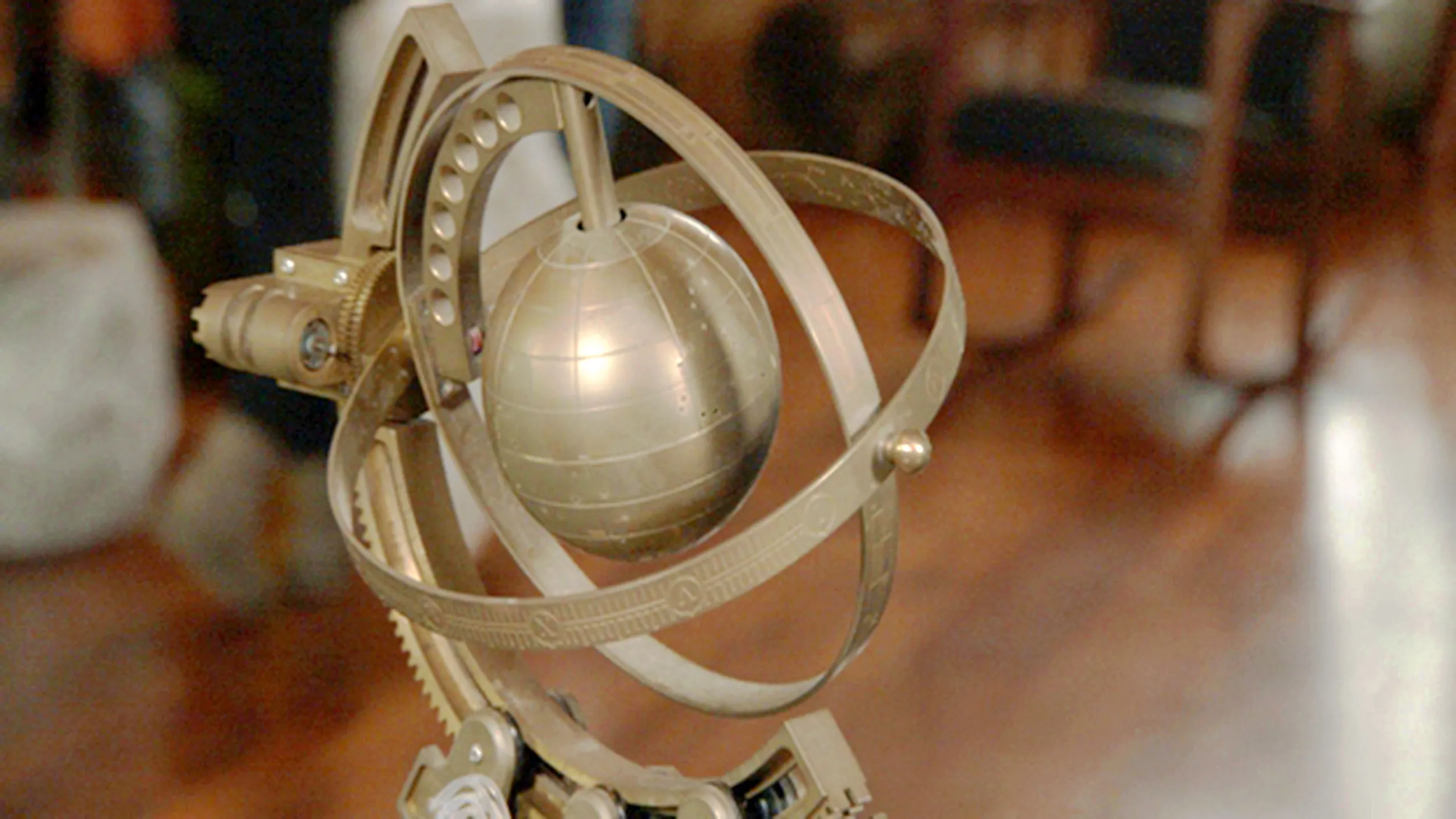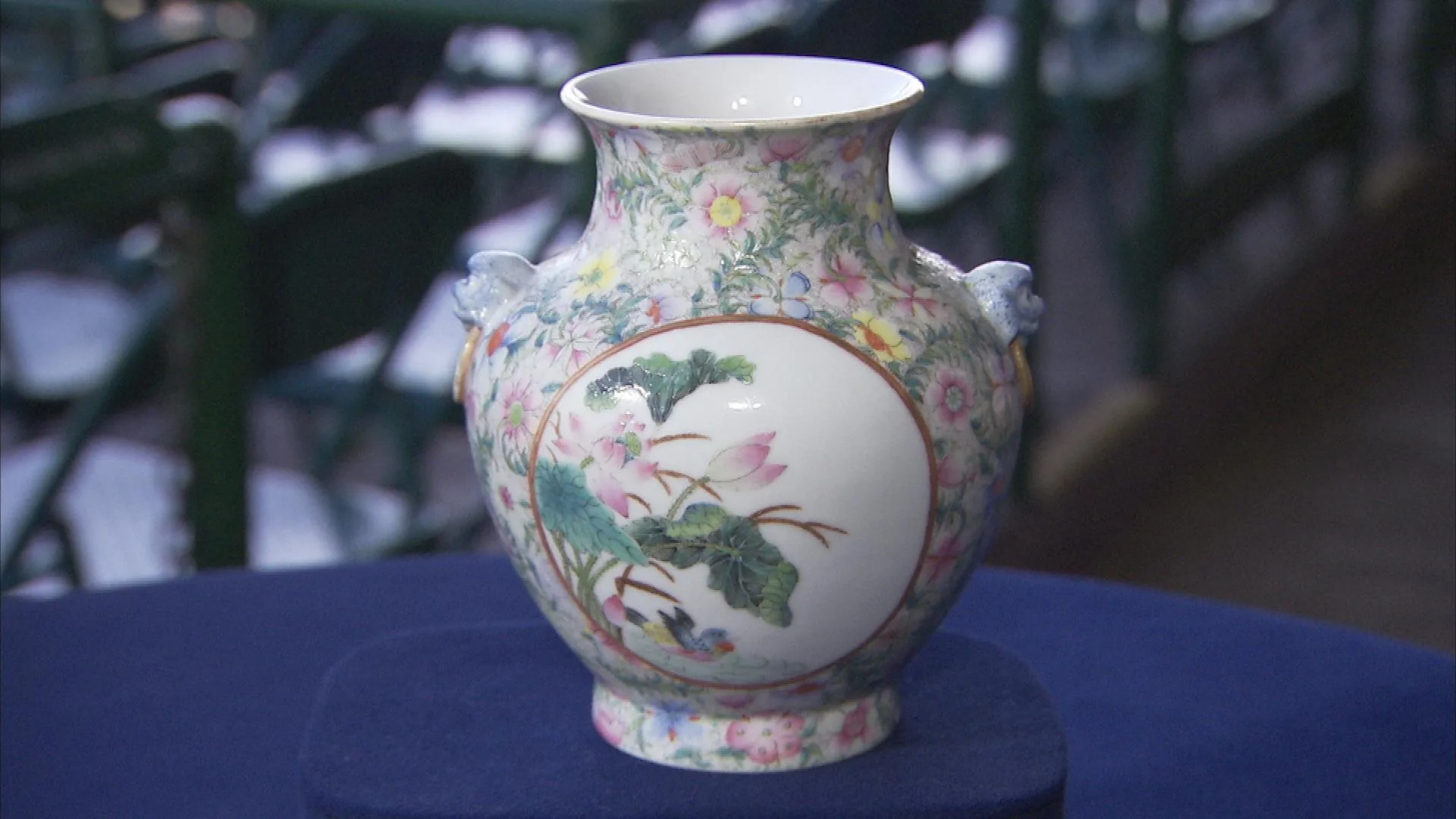GUEST: This is an inherited piece. I've only had it for two years.
APPRAISER: I see.
GUEST: Somebody registered on the bottom or documented on the bottom pretty much all that I can tell you about it: that it's from a butternut tree and it's from the knot of the butternut tree. And they put the date as 1830 from Upstate New York.
APPRAISER: And you've got a piece of it over there?
GUEST: That has the date on it.
APPRAISER: And that gave a lot of information.
GUEST: And then there's... the whole label is on the bottom.
APPRAISER: And from what you're saying, it's pretty accurate information. It is a burl, which you know is a big formation at the bottom of a tree usually, sometimes on the side of a tree. And it doesn't split because the grain goes all different directions. And so when you work with the wood, it doesn't crack out. Probably dates to the 1830s. It could possibly be a little earlier. It's American Indian made. I don't know exactly which tribe. It's hard to say. But this type of bowl was typical throughout the northeastern seaboard. The little bumps on the end are called effigies. I don't know what they symbolize. Sometimes they are carved like people's heads. Sometimes they're carved like animals. These are plain. You also have two tools: a little mush paddle and then a spoon or a ladle type carving. These are great things. They're rare, they're often confused as early American. This one's definitely American Indian. If it came up at an auction, I would think it would easily make between $12,000 and $15,000.
GUEST: Wow.
APPRAISER: The ladles, $200 or maybe $250 each.
GUEST: Excellent.
APPRAISER: If those little bumps were carved, it would be worth five times that.
GUEST: I see. It was my mother-in-law's, and she would serve salad out of it.
APPRAISER: I wouldn't use it for salad anymore.
GUEST: No, I wouldn't either.

